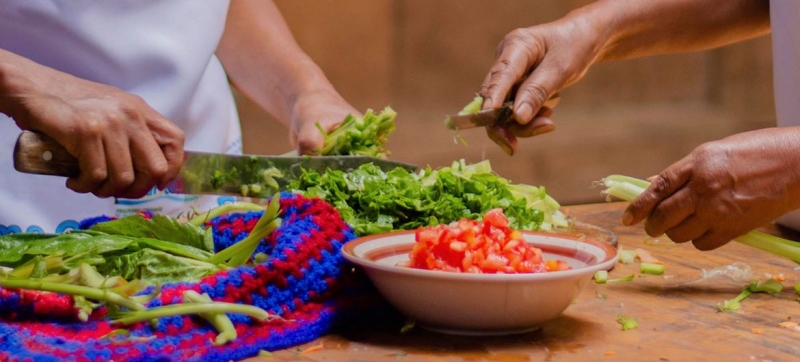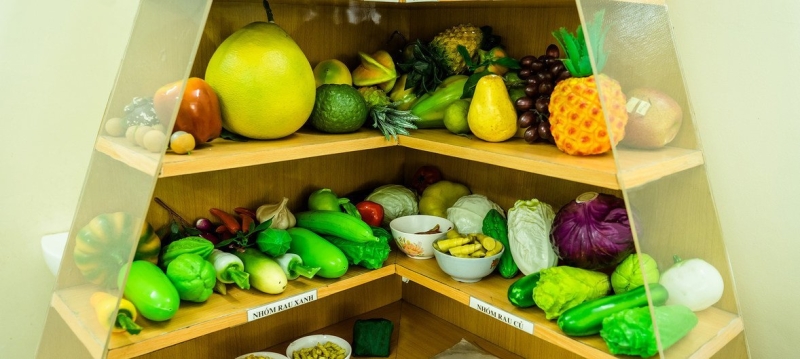
A healthy diet is varied and balanced, and is eaten in moderation and meets human needs. A third of the world’s population still cannot afford a healthy diet Health
More than a third of the world’s population cannot afford a healthy diet, and some regions have not yet recovered from the disruptions caused by the COVID-19 pandemic, according to the State of Food Security and Nutrition in the World report, prepared by five UN agencies.
Food prices have been rising throughout 2022, but this has been largely offset by economic and income recovery. Overall, about 35.4 percent of the world’s population – 2.826 billion people – could not afford healthy food in 2022. This compares with 36.4 percent, or 2.823 billion people, in 2019.
Regional Inequality
“In 2022, the number of people who cannot afford a healthy diet fell below pre-pandemic levels in a group of upper-middle-income and high-income countries. By contrast, low-income countries have recorded the highest rates since 2017,” said Maximo Torero, chief economist at the Food and Agriculture Organization of the United Nations (FAO).
Read also:
WHO: 3.7 billion people already protected from trans fats
The data highlights “a serious structural problem in our agri-food systems,” said David Laborde, director of FAO’s Agri-Food Economics and Policy Division. Laborde noted that the report found significant differences both between and within regions.
Key Findings
In Africa, the proportion of the population without access to healthy food was 64.8 percent. In Asia, the figure was 35.1 percent, in Latin America and the Caribbean 27.7 percent, in Oceania 20.1 percent, and in North America and Europe 4.8 percent.

Pictured: A collection of healthy food samples used in patient consultations at the Nutrition Center in Ho Chi Minh City, Vietnam.
The data highlight the uneven distribution of resources needed to rebuild economies after the pandemic, and how more developed countries have been better positioned to cope with supply chain disruptions and the impact of inflation.
According to the methodology used in the report, healthy diets are diversified and balanced, as well as moderate and responsive to human needs.
The authors find that prices of such foods in purchasing power parity terms have increased significantly – by an average of 6 percent in 2020 and 11 percent in 2021 – but this impact has been offset by income growth.
Hunger and disease risks
According to the study, 1.677 billion people living in lower-middle-income countries and 503 million people in low-income countries cannot afford a healthy diet. Together, they account for 77 percent of the world’s population without access to nutritious food.

FAO’s ongoing work to measure and track the cost of diets can serve as an early warning indicator. People who cannot afford the cheapest healthy diets in their countries are likely to face at least some degree of food insecurity. They are at risk of hunger and diseases such as stunting and wasting.
The report’s findings highlight the need to scale up and mobilize innovative investments in agriculture and food systems.
